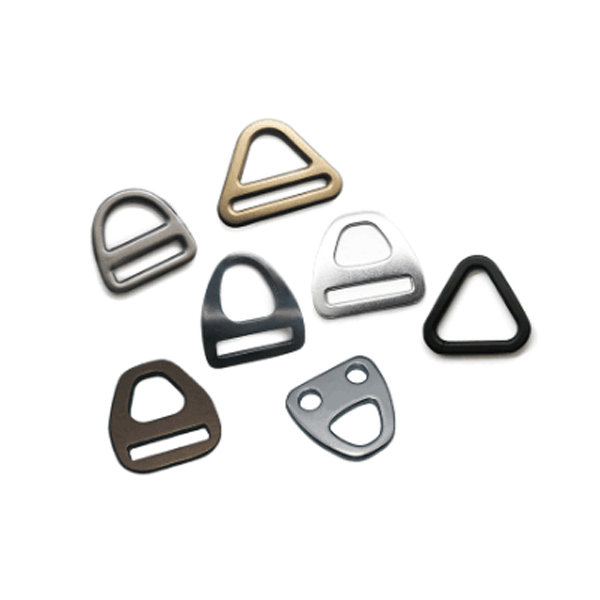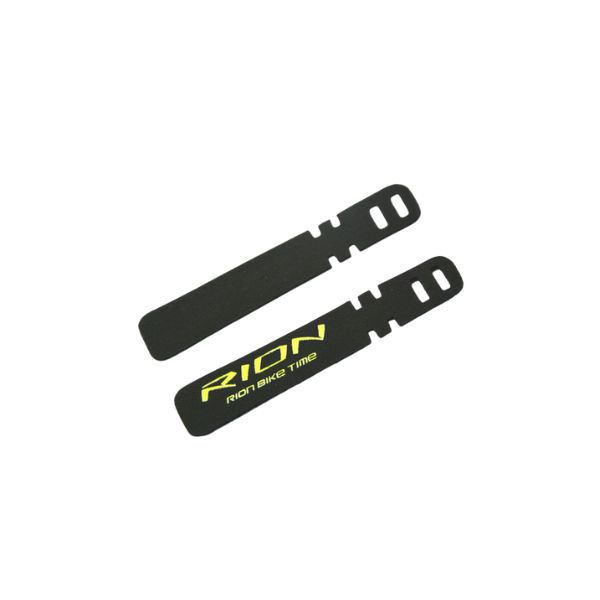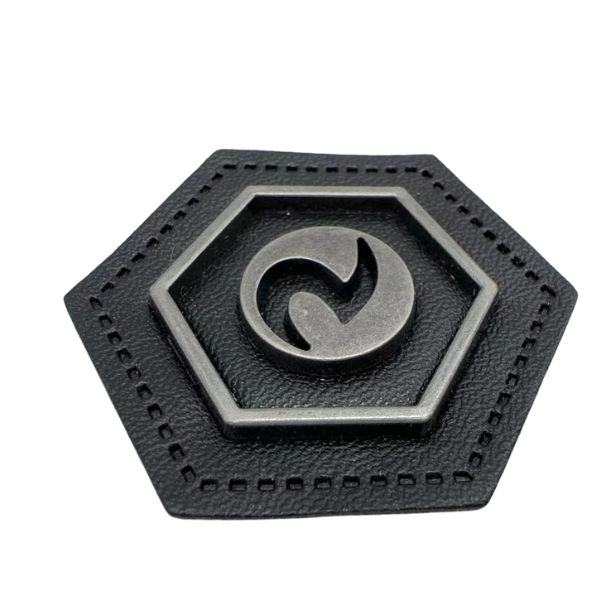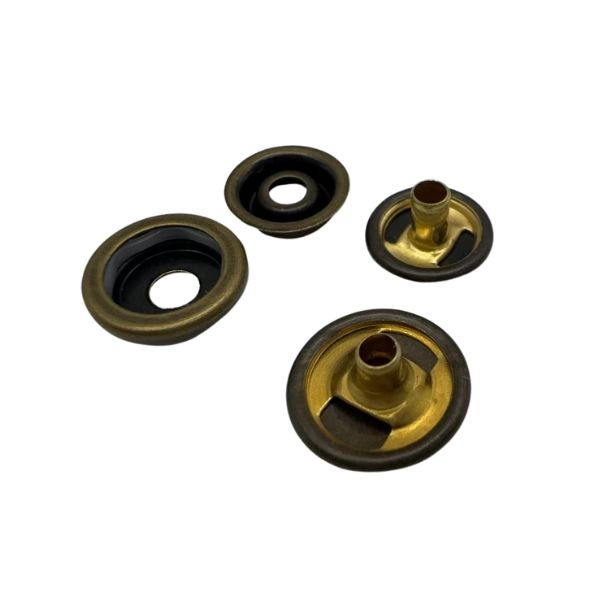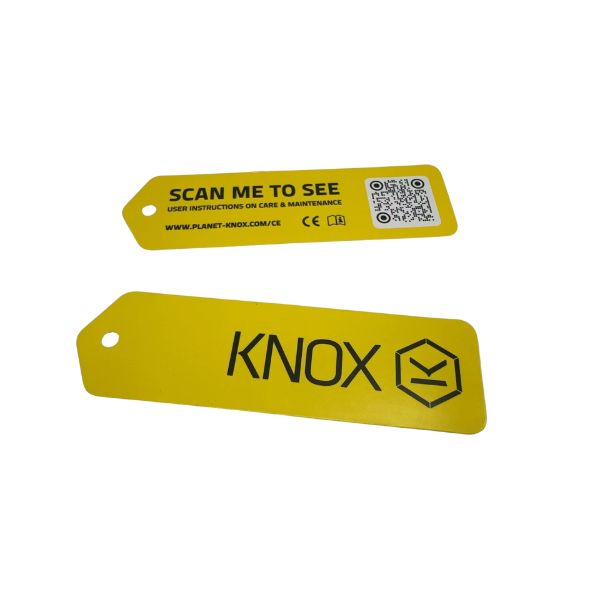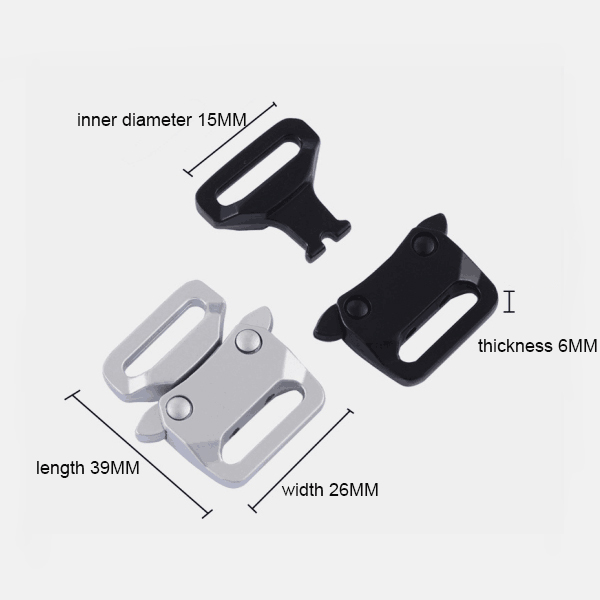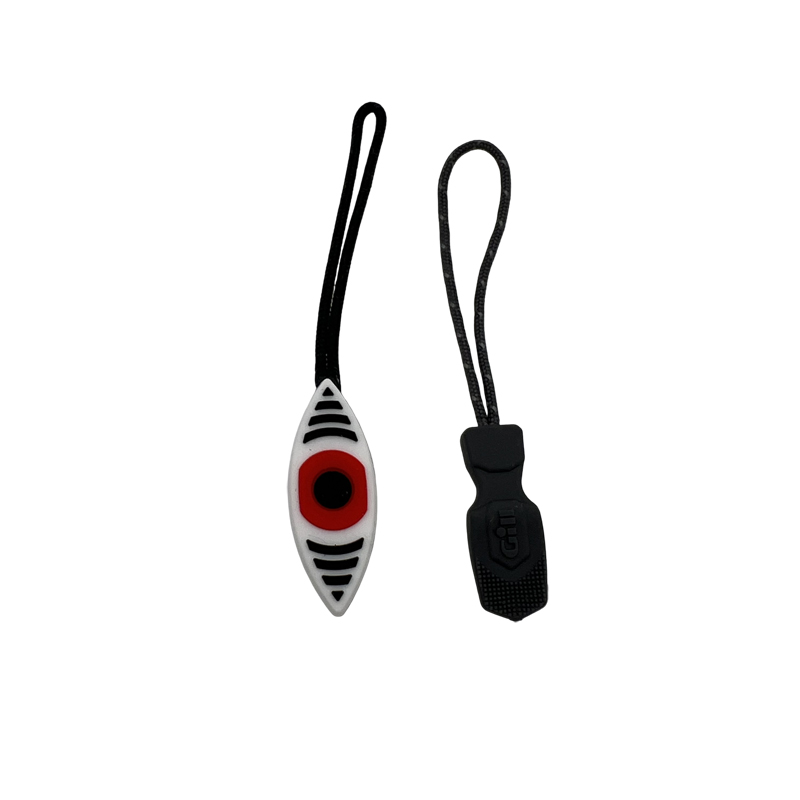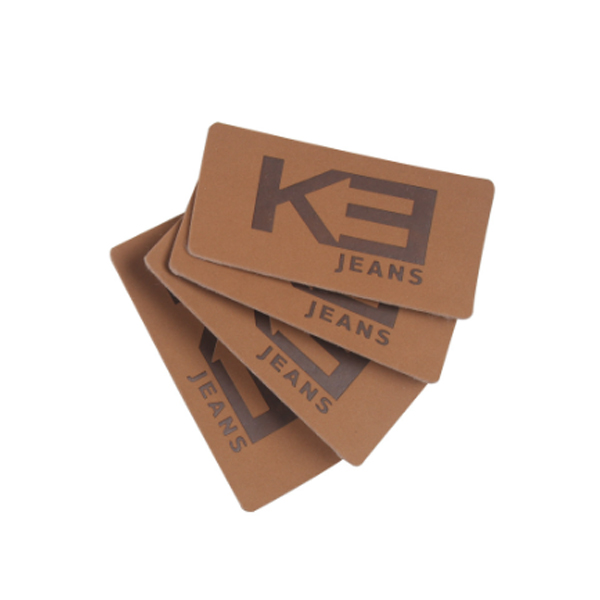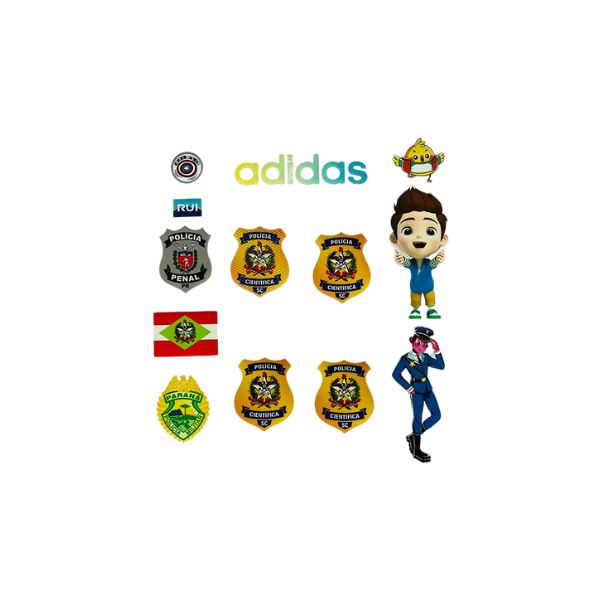Camera bags are usually categorized into two types: shooting system and backpack system.
Shooting system mainly includes shoulder bag, crossbody bag or waist bag, which is convenient for quick access to camera and lens; while backpack system is mainly shoulder bag, which is suitable for carrying more equipment for a long time, such as outdoor shooting or traveling.
1. Shooting system: shoulder bag, crossbody bag, waist bag
Mainly used to quickly take out the camera and lens, suitable for scenes that require quick response.
Wide Shoulder Strap: A wider shoulder strap can reduce the pressure on the shoulder, and soft and breathable materials should be used to reduce the discomfort caused by prolonged use. At the same time, 3D adhesive labels such as silicone labels and rubber labels can make the shoulder straps become the design focus and the brand identification center;
Adjust the shoulder strap and shape of the bag through the use of reasonable mesh, webbing, day buckles, etc. in order to reduce the pressure point when using it on one shoulder or crossbody;
Facilitating user-friendly opening of the camera bag through the use of waterproof zippers, pull tabs with brand logos to ensure one-handed opening and closing;
Reasonable use of nylon or cotton webbing to equip the camera bag with a belt or chest strap, which helps to secure the bag in place and minimize bag shaking;
internal layout, consider using Velcro for dividers so that users can put in more things.
2. Carrying system: shoulder bag, photography trolley case
Mainly used for carrying a lot of equipment for a long time, such as outdoor shooting or traveling.
Reasonable design of wide shoulder straps, waist straps and chest straps reduces the pressure on the shoulders and back; the use of webbing and buckles that match the style of the product allows for easy adjustment of the shoulder straps and chest straps.
Use breathable, highly supportive padding and support structures to reduce pressure and sway;
Use Velcro, snap fasteners and elastic straps, etc., to make a good and reasonable internal layout and compartmentalization to ensure that outdoor photographic equipment is protected from bumps. Leave special space for cameras, lenses, accessories, etc.
Use spring buckles, elastic straps and Velcro on the outside of the bag for easy access;
mesh yarn and elastic straps to make an exclusive place for easy carrying of water bottles and umbrellas;
Use environmentally friendly lightweight accessories to help reduce the weight of the bag;
When designing a photographer's bag, it is important to give full consideration to the actual needs of the photographer, including the type and amount of equipment to be carried, the shooting environment, the durability and protective properties of the material, and the comfort of carrying it.


